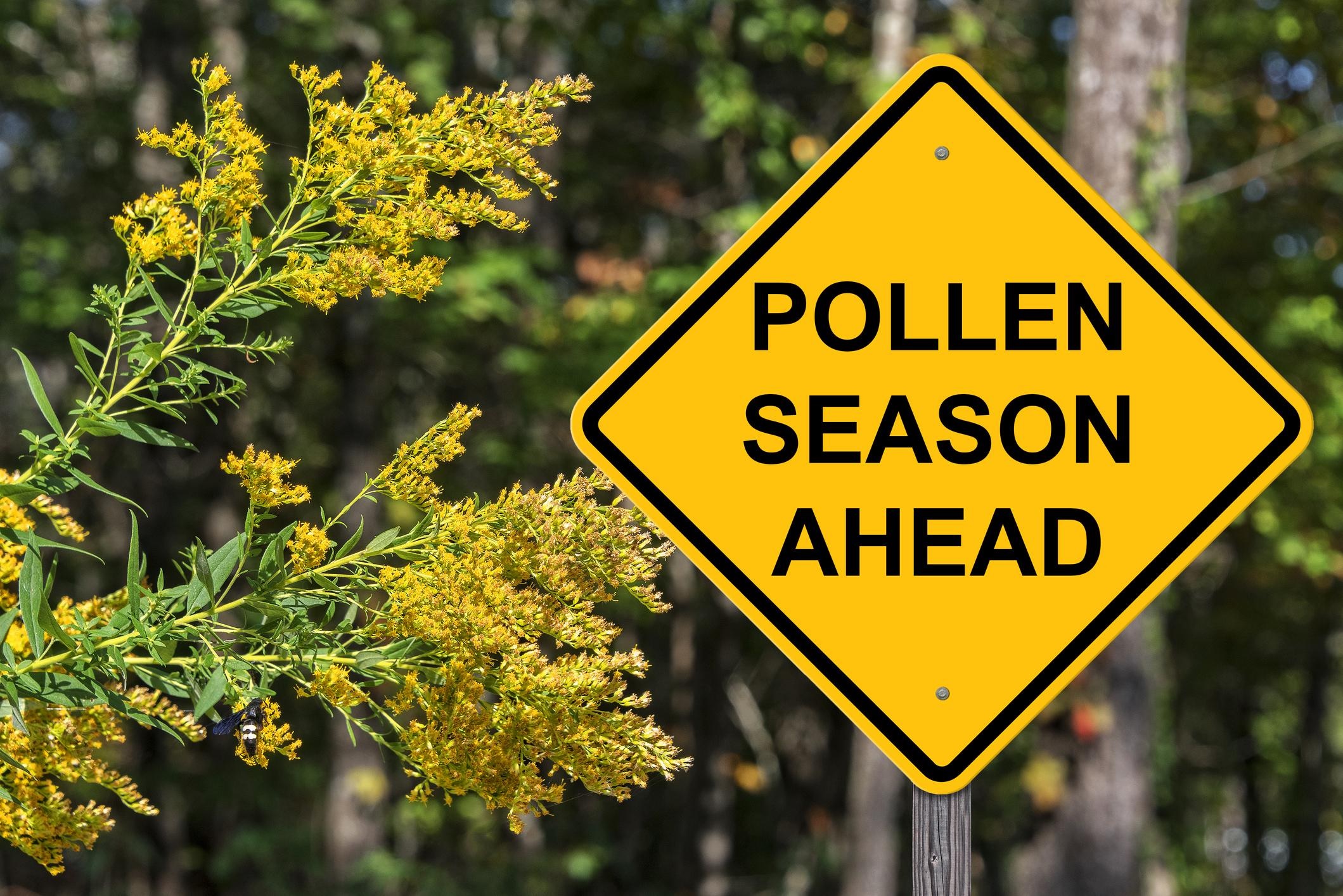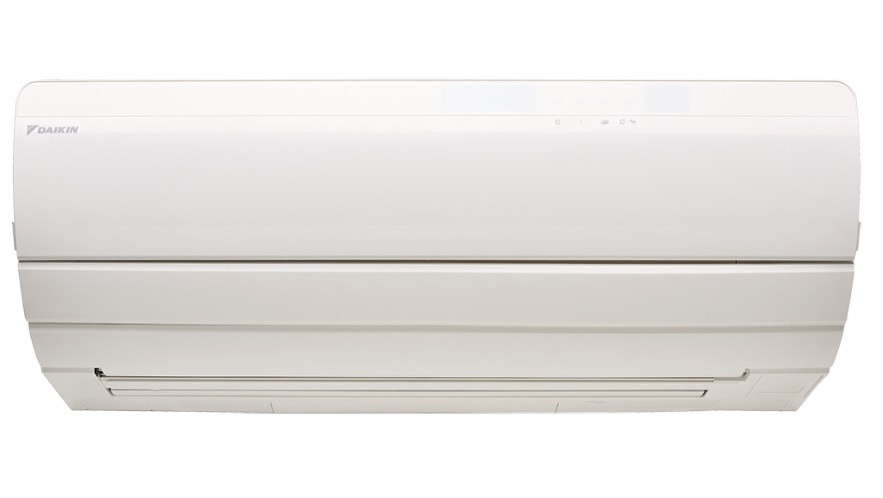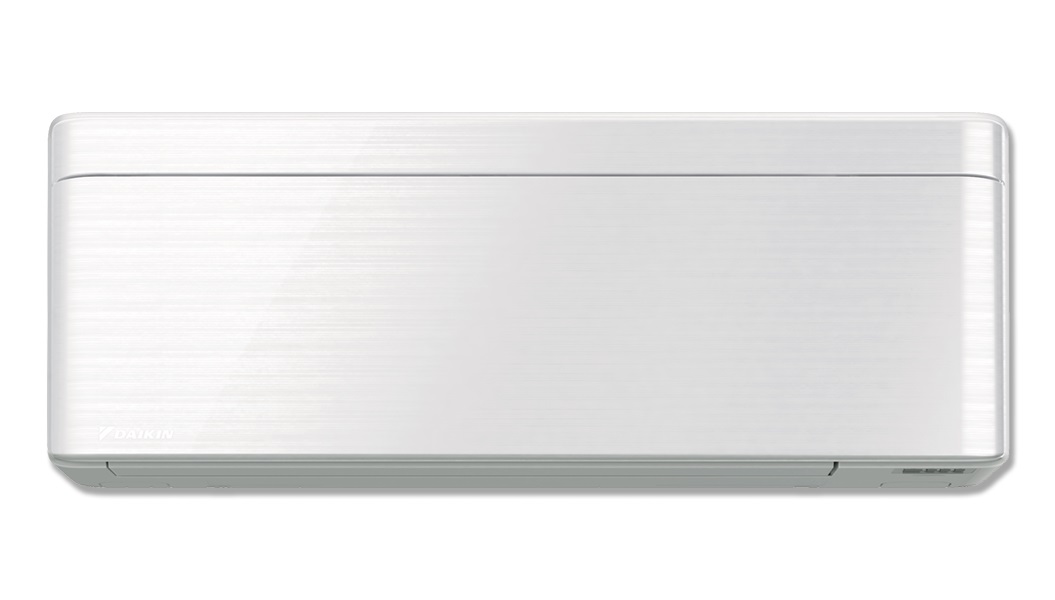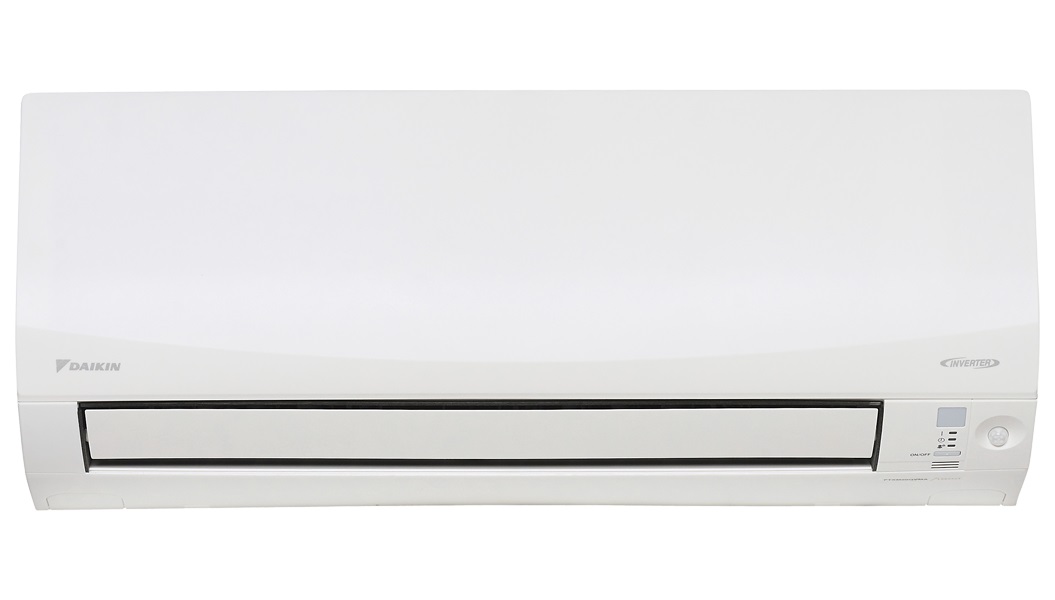How to beat hay fever this spring

Ah, spring. The beautiful season of blooming flowers, warmer temperatures, and longer days.
Unfortunately for some, it also means the start of the hay fever season.
According to the Australian Institute of Health and Welfare, almost 1 in 5 Australians suffer from hay fever. While some people experience hay fever symptoms throughout the year, most are affected by seasonal symptoms during spring or summer, when grass pollens – the major outdoor allergen trigger for hay fever – are in abundance.
Hay fever is not a life-threatening illness, but, depending on the severity of the symptoms, it can make life quite miserable.
If you suffer from hay fever, here are some things to do to help minimise your suffering:
Prepare before going outdoors
It is recommended that you check the weather forecast before going out, to know the pollen levels expected. There are quite a few websites and apps that report pollen count, and some of them even offer up to 7-day forecasts of pollen levels.
Pollen counts are also usually higher in the early morning, before reaching a peak at midday. If you really want to avoid pollen from trees, grass and weeds, you should consider staying indoors until after midday.
Clean your home
Get rid of dust and pet dander by giving your home a good clean regularly. If you have carpets, you should vacuum them at least once a week. Try to wash bed sheets in hot water instead of cold, as this is more effective in killing dust mites. This may also be a good time to throw things out, as clutter tends to collect dust.
Mould can also be a trigger for hay fever, so try to minimise them in your home, especially humid places like the kitchen and bathrooms. Clean and scrub these areas, and ensure they are well ventilated at all times.
Clear out your garden
If you have a garden, check if you are sensitive to certain trees or plants that are in your yard and remove them as needed. There are some plants that do not trigger allergic reactions, such as lavender, citrus, petunia and pansy, so you might want to consider planting those instead.
Also, try not to mow the grass or rake the leaves if you can help it. Otherwise, it is best to do these on low pollen count days, as grass is often a hiding place for pollen.
Use air conditioning to improve your indoor air quality
Once you have shut the doors and windows to keep all pollen out, you need to ensure that your indoor areas are allergy-free too. Many modern air conditioners now have good filtration systems and air purification features. Some are able to trap even microscopic airborne dust particles, smoke and odours.
Daikin split systems are known for their advanced filtration and air purification features, with some models recognised as Sensitive Choice products, approved by the National Asthma Council Australia:

The Daikin US7 split system air conditioner has a 2-stage filtration system, where its outdoor unit removes carbon monoxides via a thermal catalyst. The indoor unit’s flash streamer then removes formaldehyde and allergens from the air, giving you premium air quality. It was also the first split system to earn a 7-star rating in Australia.

Designed with energy efficiency in mind, the Daikin Zena features a titanium apatite deodorising air purification filter that traps microscopic particles, decomposes odours and even deactivates bacteria. It features an ultra compact design, as well as in-built Wi-Fi connectivity.

Besides the same air purification features, the Daikin Cora also features a whisper quiet operation, which drops the indoor unit noise level to 19dBA. Its smooth contours and flat panel design make it a great and stylish addition to modern bedrooms and living areas.
For more information about these Daikin split systems that will keep you and your family safe and comfortable throughout the pollen season, please contact Total Electrics & Air-Conditioning today!
